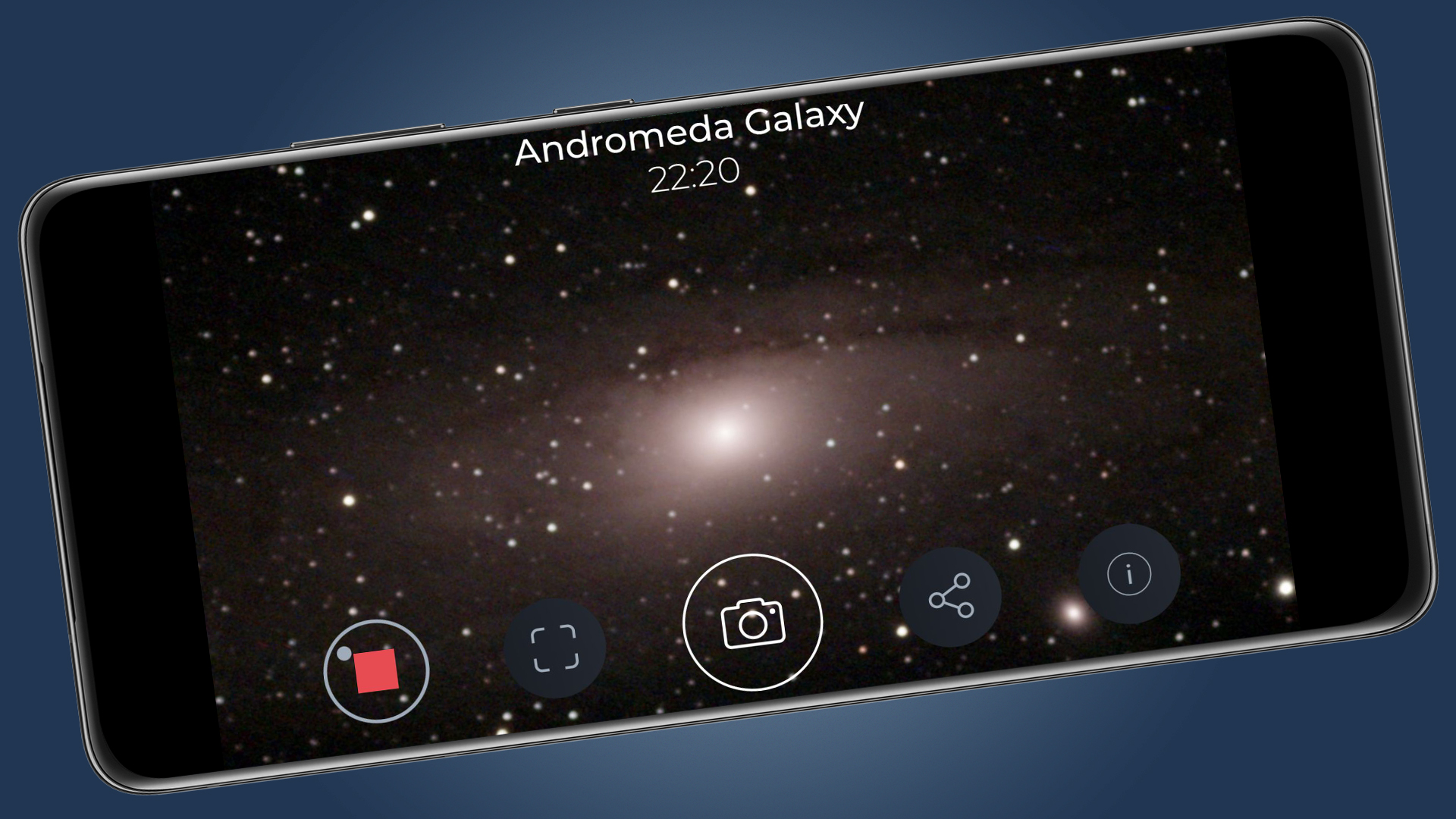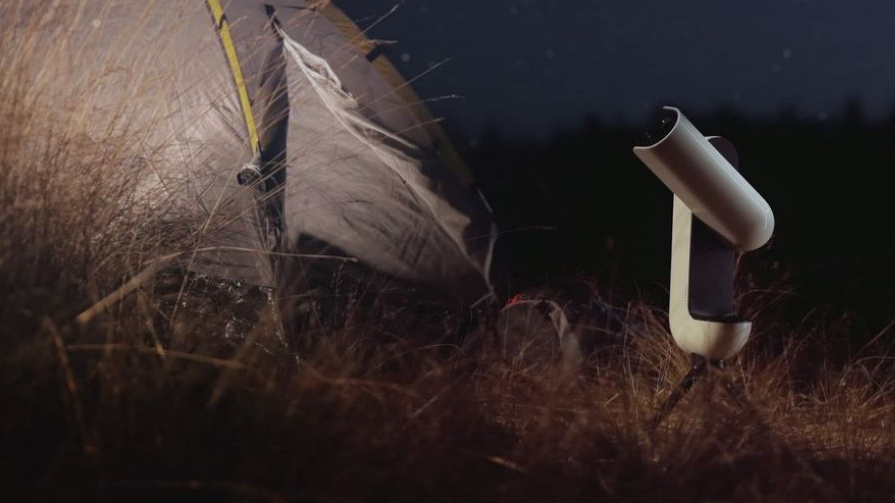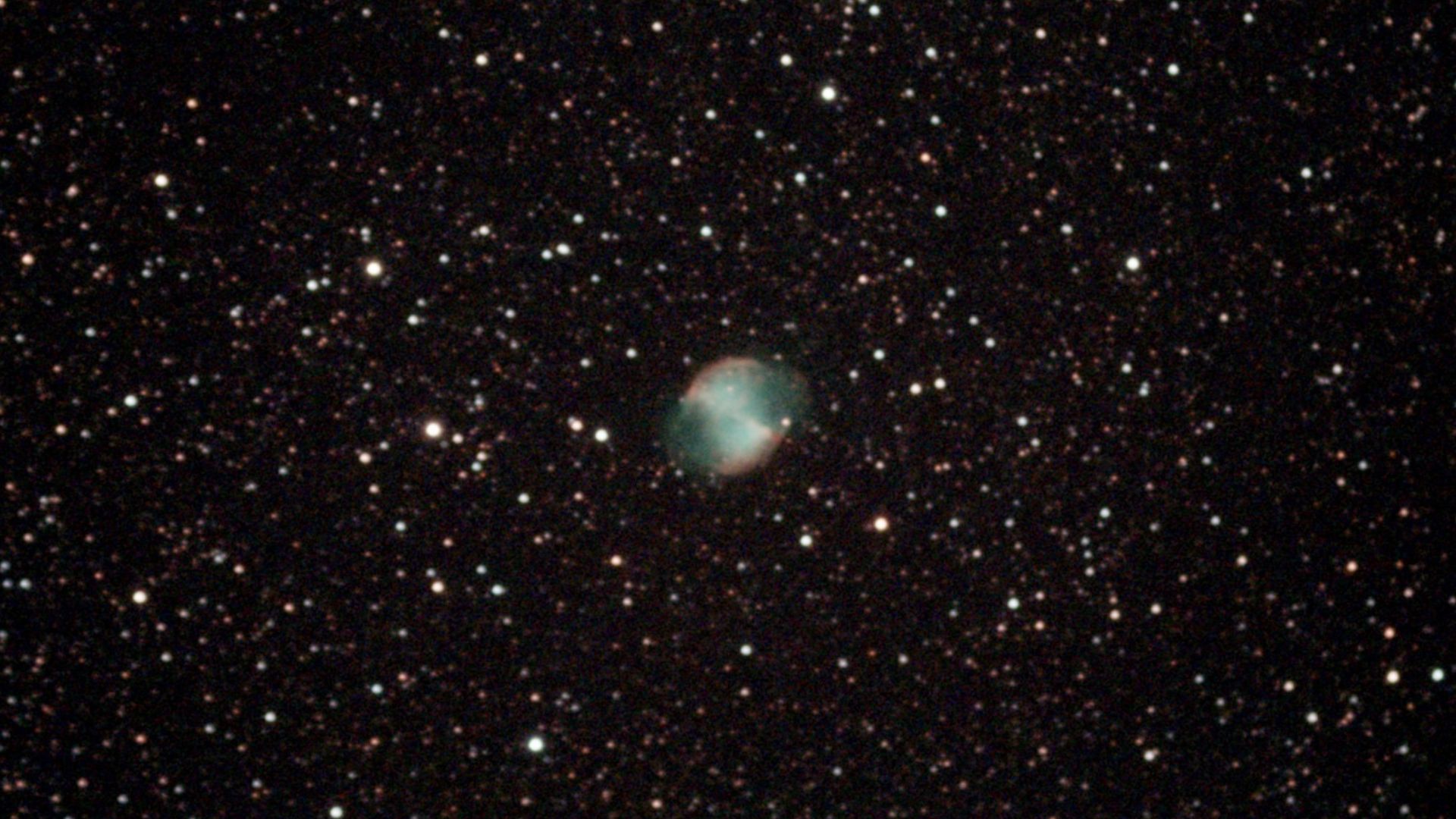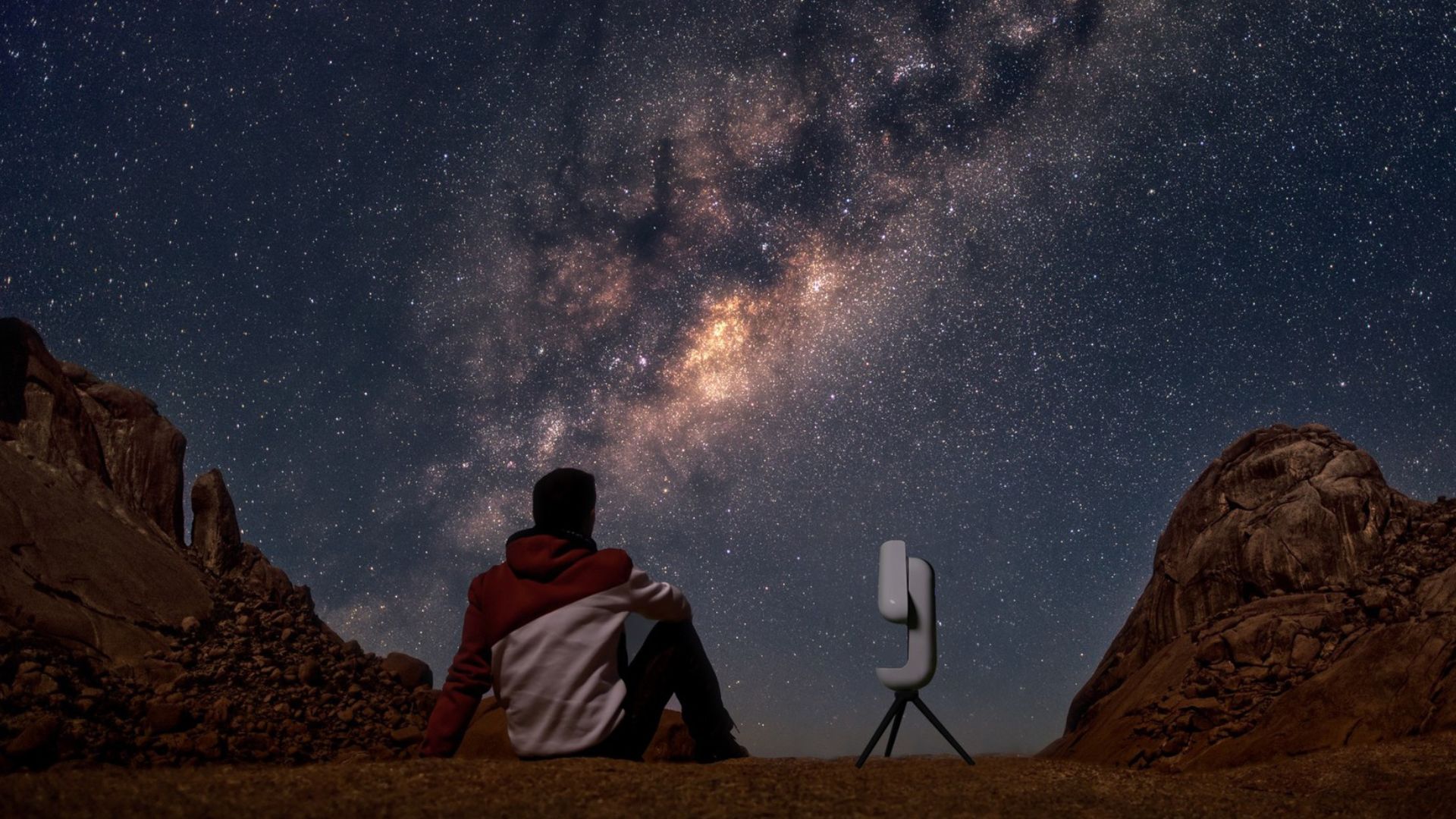Why smart telescopes are the future of astrophotography
Opinion: Telescopes with apps and no eyepieces will soon dominate

Is it time you got a ‘smart telescope’? Interest in space and astronomy has never been higher, but if you've ever purchased a telescope you'll know that they are a pain to set up and very often give you poor quality views of the night sky.
Instead of becoming an expert in the night sky you have to become an expert in how to choose, align and maintain telescopes. It's an easy way to snuff-out a passion for the night sky and, besides, if you live in a city then light pollution can make the hobby even more frustrating.
Cue new smart telescopes from Vanois and Unistellar, which align themselves to the night sky, work autonomously and are controlled solely via a smartphone app. Even better, they cut through like pollution as if it wasn't even there. Smart telescopes are incredible. So why do some people hate them?
Look, no eyepiece
A traditional telescope needs two things; an eyepiece to look through and the clearest, darkest sky possible. Everyone knows that. So how can the future of amateur astronomy be in the hands of a new generation of so-called ‘smart’ telescopes that don’t have eyepieces and consistently kill the user’s night vision?
Smart telescopes are counter-intuitive because they’re more about images than optics. They focus light onto Sony image sensors. The key products are the flagship Vaonis Stellina and travel-friendly Vaonis Vespera refractor telescopes – the latter launching earlier this month – plus the flagship Unistellar eVscope 2 and more affordable Unistellar eVscope eQuinox reflector telescopes.

What they do is revolutionary. They fetch a connected smartphone’s GPS then auto-align by plate-solving, cross-referencing the positions of stars with a built-in planetarium database. They have a motorized ‘Go To’ system that lets you select targets from a list of what’s visible where you are.
Their unique trick is that instead of giving users a real-time live view of distant celestial objects through an eyepiece they use pre-determined image settings (for ISO and exposure) and then live image-stack for clarity, pushing ever-improving images to connected smartphones and tablets.
Sign up for breaking news, reviews, opinion, top tech deals, and more.
Technically speaking, smart telescopes are about astrophotography, not observational astronomy. It’s easily possible to put a smart telescope outside and sit inside both controlling what it points at and inspecting its images. From the apps it’s then easy to share the images on social media.
What about photons?
Some purists are appalled by this. In astronomy photons are everything. When you see an object through a telescope you’re always looking back in time. Sunlight itself takes eight minutes to travel to your eyes from the Sun. From the Andromeda galaxy, it’s 2.5 million years.
Either way, it’s the miracle of those photons hitting your retinas that’s the real magic of amateur astronomy, right? I sympathize with this argument. Use a smart telescope and you’re not actually seeing objects in the night sky. It’s all rather passive and what you see is just a processed image.

Some have expressed concern that what you're actually looking at is images downloaded from the Internet, originally taken by, say, the Hubble Space Telescope. That's absolutely not the case because the images produced from smart telescopes are nowhere near that good.
However, the core of that argument is that if you’re going to sit passively inside looking at a smartphone then you might as well be looking at images on the Internet. Smart telescopes, goes this line of argument, are not about ‘real’ astronomy. But that's not necessarily so.
Urban myths
The trouble is, most of us don't live under dark rural skies, instead being saddled with light-polluted night skies. Nor do most people have the time or inclination to indulge in ‘proper’ astrophotography (that, yes, can surpass the results you get from smart telescopes).
For now, smart telescopes are fairly low resolution, topping out at around seven megapixels. Although you can export images in raw formats such as TIFF, it's not really what smart telescopes are about. Yes, for now they are about convenience over quality. There’s no doubt about that.

However, where they really succeed is in battling light pollution. Light pollution is horrible and, thanks to LED streetlights being installed without any regulation, it’s getting worse.
Use a traditional telescope in a city and point at, say, the Whirlpool Galaxy (M51), a beautiful ‘grand-design’ spiral galaxy 31 million light-years away close to the Plough/Big Dipper. You won't see much. In fact, you'll be lucky to find it at all. That goes the same for most galaxies and all nebulae. But smart telescopes make them look incredible.
Let there be light
Smart telescopes do something no other telescopes can. They see through light pollution. After testing all of the smart telescopes on the market over the past few years, I spent the last month being one of the first reviewers to spend time with the new Vaonis Vespera.
In terms of quality, it isn't the best smart telescope around. This one is made for travel and convenience like no other, and yet it cuts through pollution with incredible skill. I was able to image the faint Veil Nebula (NGC 6992) in the summer night sky, a supernova remnant that's impossible to see with an optical telescope from where I live in a big city. Ditto the colorful Dumbbell Nebula (M27) and Ring Nebula (M57), two other targets I’ve long tried – and failed – to glimpse in a telescope.

They may be very easy to use but smart telescopes do demand a little patience. While they appear able to image most objects in the deep sky in good quality in about 10 minutes of observations, some of the fainter nebulae demand up to an hour of observations. It's worth the wait because as more and more images are stacked – as often as one every 10 seconds – more detail is revealed.
Smart telescopes are far from perfect. For now, they're incredibly expensive, so unlikely to prove breakthrough products for some time. Worse, they've gotten more expensive recently (along with all kinds of telescopes) because of global inflation and supply chain issues.
Sensitive to faint objects, smart telescopes don’t give good views of the planets and the moon. When using a smart telescope you have to spend a lot of time looking at your smartphone, so if you love stargazing precisely because it gets you away from your smartphone, then a smart telescope is not for you.
Should you buy a smart telescope?
If you want to get into astrophotography and produce the best pictures possible, you need to go learn about the subject in infinite detail and ultimately invest in a large telescope, a motorized equatorial mount and various astrocameras.
You also need to be prepared to spend many hours aligning and focusing, and then post-processing your images. However, if you don't have the time or inclination for all that then a smart telescope will get you almost to the same standard with virtually zero effort.

Yes, smart telescopes are way too expensive, for now, but as their sensors improve and resolution increases, easy to use astrophotography devices like these will dominate among time-poor, impatient urban dwellers who nevertheless want to explore the cosmos.
Eyepiece or not, as light pollution worsens smart telescopes could be the saviors of urban amateur astronomy.

Jamie is a freelance tech, travel and space journalist based in the UK. He’s been writing regularly for Techradar since it was launched in 2008 and also writes regularly for Forbes, The Telegraph, the South China Morning Post, Sky & Telescope and the Sky At Night magazine as well as other Future titles T3, Digital Camera World, All About Space and Space.com. He also edits two of his own websites, TravGear.com and WhenIsTheNextEclipse.com that reflect his obsession with travel gear and solar eclipse travel. He is the author of A Stargazing Program For Beginners (Springer, 2015),